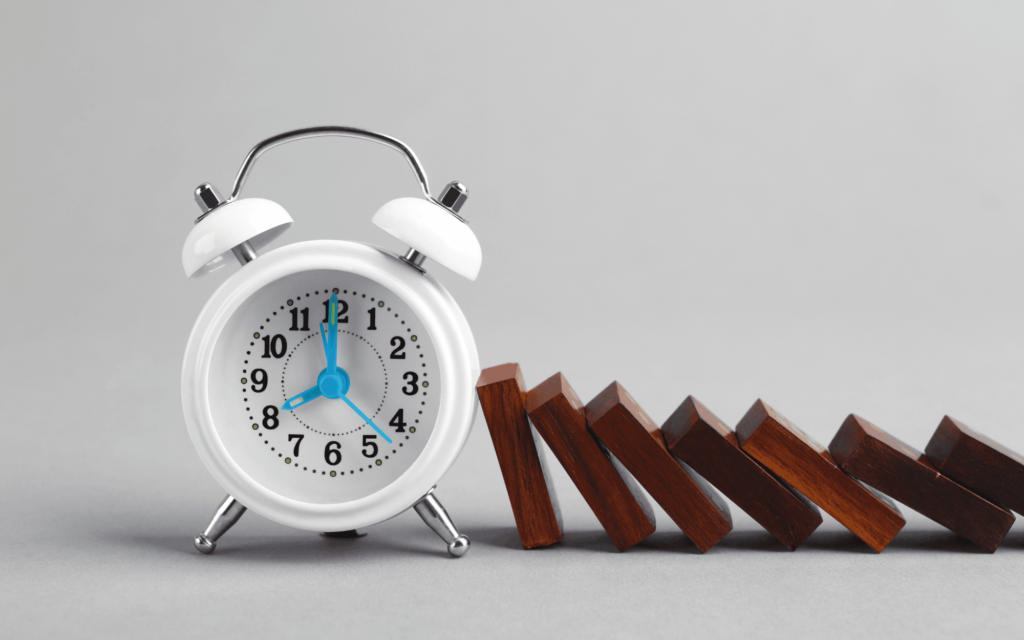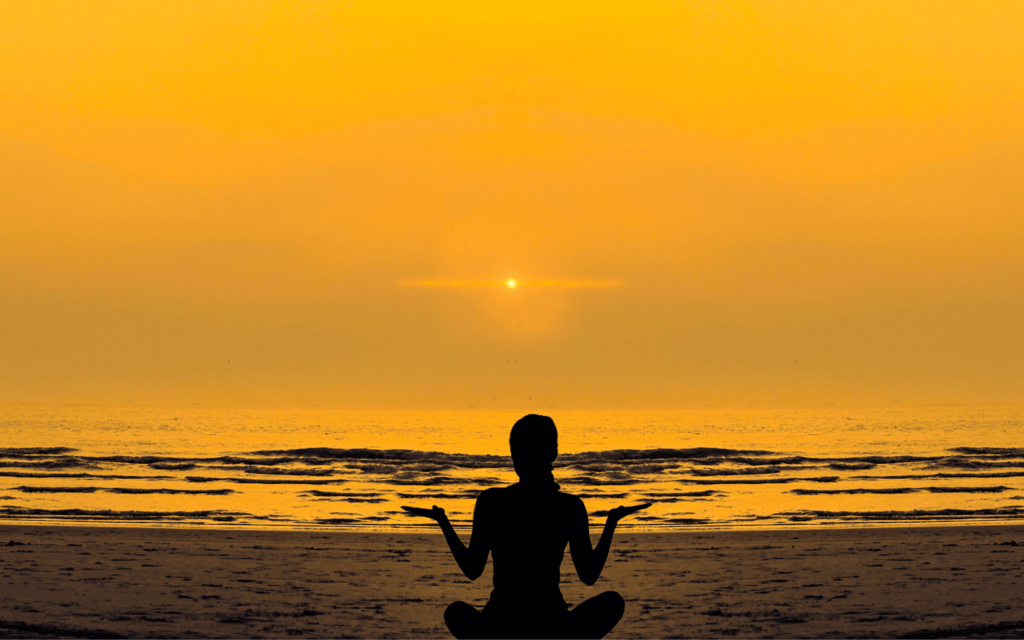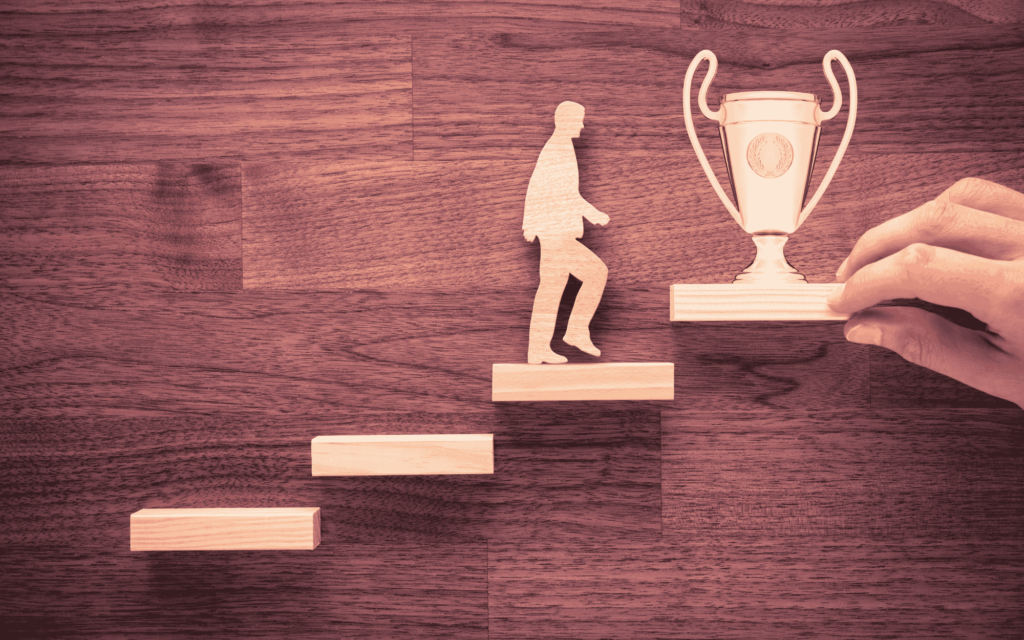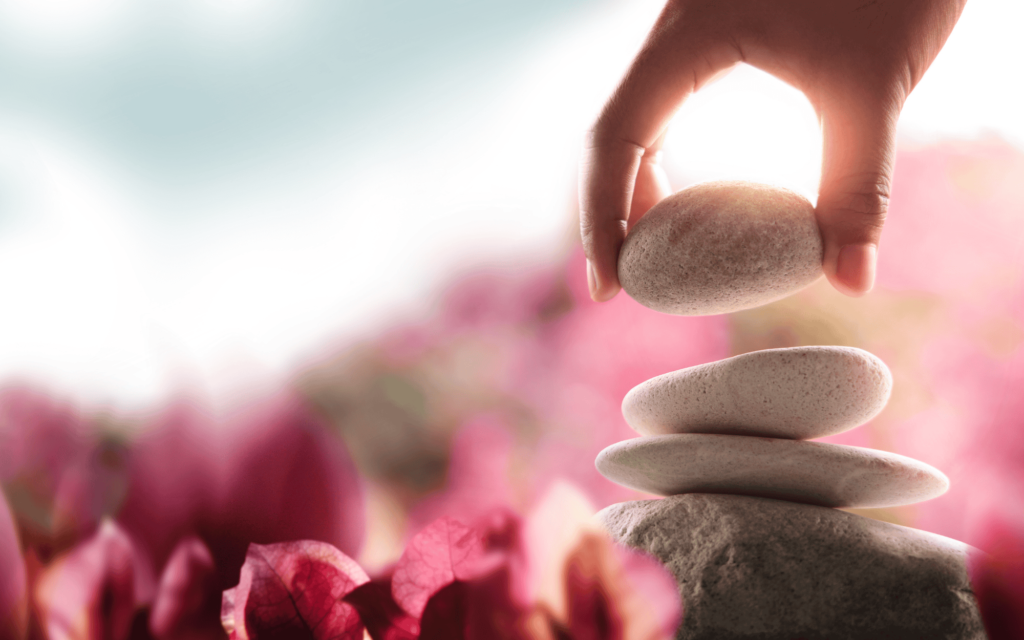Growth Challenge: Try Time Blocking
In our fast-paced, distraction-filled world, staying productive can often feel like an uphill battle. Between endless notifications, competing priorities, and an ever-growing to-do list, it’s easy to feel overwhelmed. However, one simple yet powerful productivity strategy has gained traction among successful individuals: time blocking. Time blocking is more than just scheduling tasks; it’s about intentionally allocating time for specific activities throughout your day. By assigning blocks of time to tasks, you can manage your focus, energy, and priorities better. If you’re looking for a daily growth challenge, time blocking could be the game-changer you need. What is Time Blocking? Time blocking is a planning method where you divide your day into chunks of time, each dedicated to a particular task or group of similar tasks. Instead of letting your day be dictated by interruptions or reactive decision-making, time blocking allows you to take control. As Elon Musk, the CEO of Tesla and SpaceX, famously said, “Focus on signal over noise. Don’t waste time on stuff that doesn’t actually make things better.” Time blocking helps cut through the noise and directs your attention to what truly matters. The Benefits of Time Blocking 1. Boosted Productivity By focusing on one task at a time, you minimize multitasking and the cognitive fatigue it causes. Research shows that multitasking can reduce productivity by up to 40%. 2. Reduced Procrastination When you have a dedicated time slot for every activity, the likelihood of procrastination decreases. As author Gretchen Rubin said, “Working is one of the most dangerous forms of procrastination.” Time blocking ensures you’re working on the right things at the right time. 3. Improved Work-Life Balance Time blocking isn’t just for work-related tasks. You can block time for exercise, family, hobbies, or relaxation, ensuring that you’re nurturing all aspects of your life. 4. Clarity and Focus Knowing exactly what you’ll be working on at any given moment eliminates decision fatigue and keeps you laser-focused. 5. Flexibility Within Structure While it might seem rigid at first glance, time blocking allows for adjustments. If something unexpected arises, you can move blocks around without losing sight of your priorities. How to Start Time Blocking Identify Your Priorities Start by listing your tasks, both personal and professional. Use the Eisenhower Matrix to determine what’s urgent and important. As Stephen Covey, author of “The 7 Habits of Highly Effective People,” said, “The key is in not spending time, but in investing it.” Time blocking helps you invest your time wisely. Group Similar Tasks Combine tasks that require similar energy or focus. For example, block time for responding to emails and calls together instead of scattering them throughout the day. Assign Blocks to Your Tasks Using a planner, calendar, or digital tool, assign each task a specific block of time. Be realistic about how much time each task will take to avoid overcommitting. Incorporate Breaks Don’t forget to schedule short breaks. These help you recharge and prevent burnout. The Pomodoro Technique, which alternates 25 minutes of focused work with a 5-minute break, pairs well with time blocking. Review and Adjust At the end of each day or week, review how well your time blocking worked. Were there tasks that took longer than expected? Did unplanned interruptions derail your schedule? Use these insights to improve. Example of a Time-Blocked Day 6:00 AM – 7:00 AM: Morning routine (exercise, meditation, journaling) 7:00 AM – 8:00 AM: Plan the day and respond to urgent emails 8:00 AM – 10:00 AM: Deep work (creative or strategic tasks) 10:00 AM – 10:30 AM: Break 10:30 AM – 12:00 PM: Administrative tasks (meetings, reports) 12:00 PM – 1:00 PM: Lunch and personal time 1:00 PM – 3:00 PM: Project work 3:00 PM – 3:30 PM: Break 3:30 PM – 5:00 PM: Collaboration or brainstorming with team 5:00 PM – 6:00 PM: Wrap up and review the day 6:00 PM – 7:00 PM: Family or hobby time 7:00 PM – 9:00 PM: Relaxation or learning (reading, courses, etc.) This framework is customizable and can be adjusted to fit your lifestyle and goals. Tips for Staying Consistent Set Boundaries Protect your time blocks by saying no to distractions. Inform colleagues or family members of your schedule if needed. Use Tools Digital tools like Google Calendar, Notion, or specialized apps like TimeBloc or Toggl make time blocking seamless. Start Small If blocking your entire day feels overwhelming, start with just a few hours. Gradually build up as you become more comfortable. Celebrate Wins At the end of the day, reflect on what you accomplished during your blocks and celebrate your progress. Overcoming Common Challenges What if interruptions happen? Life is unpredictable. Time blocking isn’t about perfection; it’s about intention. If an interruption arises, reschedule the affected block instead of abandoning your plan entirely. What if I underestimate or overestimate time? It’s normal to misjudge task durations initially. Use your first few weeks of time blocking as a learning experience. Over time, you’ll become better at estimating how long things take. What if I feel restricted? Time blocking is flexible! Think of it as a guide rather than a rule. You can adjust blocks as priorities shift. Why This Challenge Matters Time blocking isn’t just about getting more done—it’s about doing what matters most. By taking control of your time, you’re investing in your personal growth, productivity, and well-being. It’s a daily challenge that builds discipline, clarity, and intentionality. As Benjamin Franklin wisely stated, “You may delay, but time will not.” Embrace the power of time blocking and transform your daily routine into a foundation for long-term success. Will you accept the challenge? Try time blocking for just one day, and see how it transforms your productivity and mindset. Let this simple strategy become the cornerstone of your daily growth journey.










